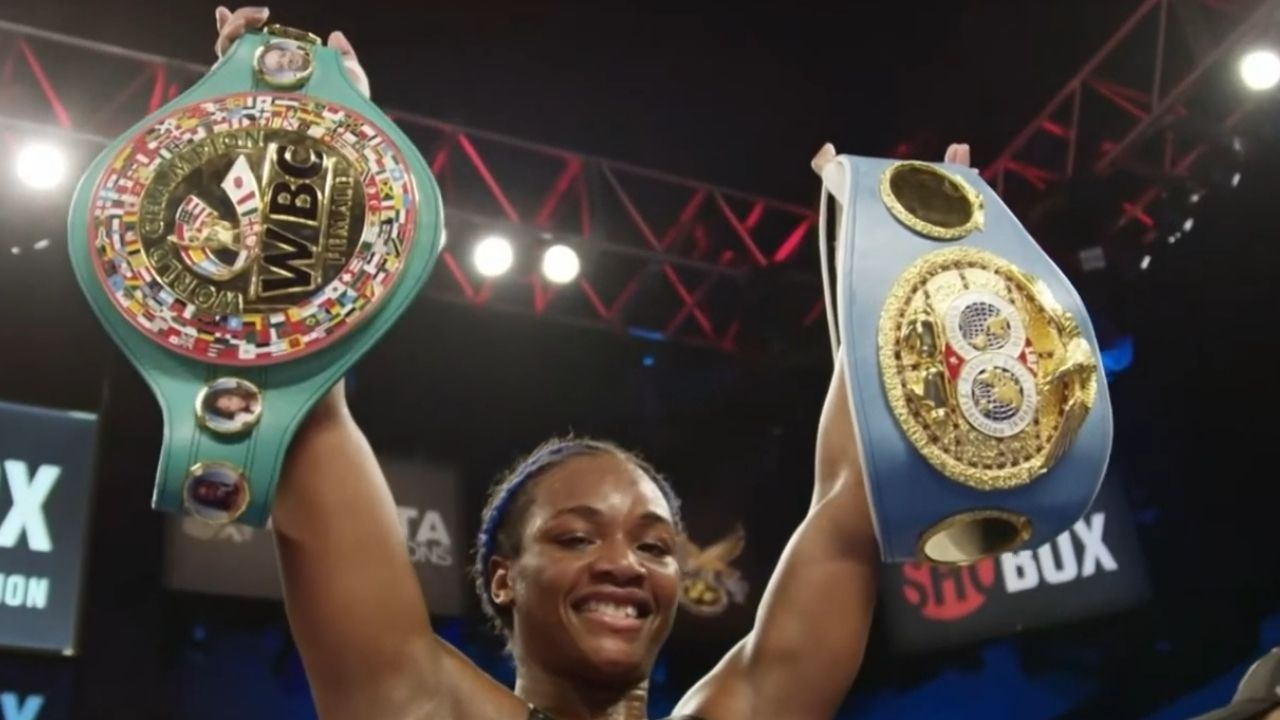Corporate videos have become indispensable in modern marketing and branding strategies. From showcasing products to establishing a relatable brand identity, these videos allow businesses to connect with their audiences. However, achieving meaningful interaction beyond mere views requires intentionality, creativity, and strategic execution.
In this article, we’ll explore actionable tips, in-depth strategies, and trends to help businesses craft corporate videos that truly captivate their target audience and foster genuine interaction.
The Rising Importance of Corporate Videos
In today’s digital-first world, video content reigns supreme. According to Wyzowl’s Video Marketing Statistics, 91% of businesses report video as a key marketing tool, with 88% of marketers stating that video offers a positive return on investment (ROI).
Corporate videos have evolved from mere company introductions to dynamic tools for storytelling, customer education, and community engagement. As social media algorithms increasingly prioritize video content, the potential for corporate videos to influence brand perception and drive engagement is enormous.
However, maximizing interaction with corporate videos involves more than simply producing visually appealing content. It demands careful planning, a focus on audience needs, and leveraging the right platforms.
Understanding Engagement: Metrics That Matter
Before diving into strategies, it’s crucial to understand the metrics that define engagement.
- Watch Time: The total time viewers spend watching a video, indicating content relevance.
- Click-Through Rate (CTR): The percentage of viewers who click on your call-to-action (CTA) link.
- Comments and Shares: Indicators of emotional resonance or relatability.
- Conversion Rate: Actions taken after watching, such as making a purchase or filling out a form.
Engagement metrics provide insights into how well your content resonates and whether your video inspires desired actions.
Pre-Production Planning: Setting the Stage
1. Define Your Objective Clearly
Begin with a precise objective:
- Awareness Goals: For introducing your brand or launching a product.
- Educational Goals: To explain concepts or train employees.
- Conversion Goals: For driving sales or gathering leads.
Setting a clear goal ensures that the script, visuals, and distribution strategy align to achieve measurable outcomes.
2. Know Your Target Audience
Understanding your audience is essential for crafting videos that speak directly to them. Use tools like:
- Google Analytics for demographic insights.
- Social media polls to gauge interests.
- Customer surveys to identify pain points and preferences.
Develop audience personas, detailing their age, location, interests, and digital habits. For example, professionals on LinkedIn may prefer educational videos, while younger audiences on TikTok respond to fun, visually dynamic content.
3. Craft a Compelling Script
The script forms the backbone of your video. A well-crafted script should:
- Address audience challenges or aspirations.
- Use relatable language and storytelling techniques.
- Include a powerful opening that hooks viewers within the first 5–10 seconds.
4. Invest in High-Quality Equipment or Services
A professionally shot video creates a lasting impression. Even for small businesses, tools like DSLR cameras, affordable LED lights, and microphones can significantly improve production quality. Alternatively, outsourcing to experienced videographers ensures polished results.
Capturing Attention: The First 10 Seconds
Viewers decide whether to continue watching a video within the first few seconds. Your opening should:
- Pose a question or problem: “Struggling to increase your team’s productivity?”
- Showcase captivating visuals: A dynamic animation or bold text overlay can grab attention instantly.
- Highlight a benefit: “Learn the 3 secrets to cutting your marketing costs in half.”
Design Tips for Engaging Corporate Videos
1. Incorporate Visual Storytelling
Visual elements like infographics, animations, and transitions can simplify complex topics and make them more engaging. For instance:
- Use charts or graphs to explain data.
- Add motion graphics for branding consistency.
2. Leverage the Power of Music and Sound Effects
The right soundtrack can evoke emotion and set the tone.
- Use uplifting music for motivational videos.
- Opt for subtle instrumentals for professional or educational content.
Pro Tip: Ensure that background music complements, rather than distracts from, the message.
3. Add Subtitles and Captions
With 85% of Facebook videos watched without sound, captions are non-negotiable for accessibility and improved engagement. Use tools like Rev or Descript to add subtitles effortlessly.
Platform-Specific Strategies
Each platform has unique video requirements and user preferences. Adapting your content to fit these differences ensures maximum reach and engagement.
| Platform | Ideal Length | Recommended Style | Best Practices |
| YouTube | 2–3 minutes | Tutorials, product demos | Use keyword-optimized titles and clickable thumbnails. |
| Instagram Reels | 15–60 seconds | Snappy, visually dynamic | Incorporate trending sounds or challenges. |
| 1–2 minutes | Professional, thought leadership | Add captions and tag relevant professionals. | |
| TikTok | 10–60 seconds | Fun, authentic, informal | Use hashtags and interactive elements. |
| 1–2 minutes | Brand stories, product showcases | Pin videos to your page for prolonged visibility. |
Advanced Strategies for Maximizing Engagement
1. Use Interactive Elements
Interactive videos allow viewers to click, choose, or explore content. These elements encourage active participation:
- Branching narratives: Let viewers choose how a story unfolds.
- Clickable CTAs: Add product links or surveys within the video.
2. Experiment with User-Generated Content (UGC)
Encourage customers or employees to create and share videos featuring your brand. For example:
- Ask users to share their experience with your product.
- Feature UGC clips in a highlight reel to build community engagement.
3. Leverage Live Video
Live streaming offers immediacy and authenticity, making it ideal for events, Q&A sessions, or product launches. Platforms like YouTube, Instagram, and LinkedIn support live video, enabling direct interaction through comments or polls.
Post-Production Optimization
1. SEO for Videos
Search engine optimization (SEO) ensures your videos are discoverable. Follow these tips:
- Use relevant keywords in titles, descriptions, and tags.
- Add a transcript to improve search rankings.
- Use engaging thumbnails to boost click-through rates.
2. A/B Testing
Experiment with different video formats, lengths, or styles to identify what works best. Track metrics to refine your approach over time.
3. Monitor Analytics
Analyzing performance data is crucial for continuous improvement. Focus on metrics like:
- Drop-off points: When viewers stop watching.
- Audience retention: How long people engage with your content.
Real-World Case Studies: Success with Corporate Videos
1. HubSpot’s Explainer Videos
HubSpot uses short, animated explainer videos to clarify complex topics. These videos drive thousands of interactions, as they address specific pain points with clarity and humor.
2. Apple’s Product Launches
Apple’s product reveal videos combine cinematic visuals with minimalistic storytelling. They generate millions of views and shares, creating a buzz across platforms.
3. Dove’s Campaign for Real Beauty
Dove’s videos emphasize emotional storytelling, tackling societal issues like beauty standards. This approach resonates deeply, leading to high engagement.
Takeaways
Maximizing engagement with corporate videos is both an art and a science. By understanding your audience, crafting high-quality content, and leveraging platform-specific strategies, businesses can create videos that not only capture attention but also drive meaningful interactions.
Remember, every video is an opportunity to connect, inspire, and build trust with your audience. Start by experimenting with the tips in this guide, and watch your engagement metrics soar.










































